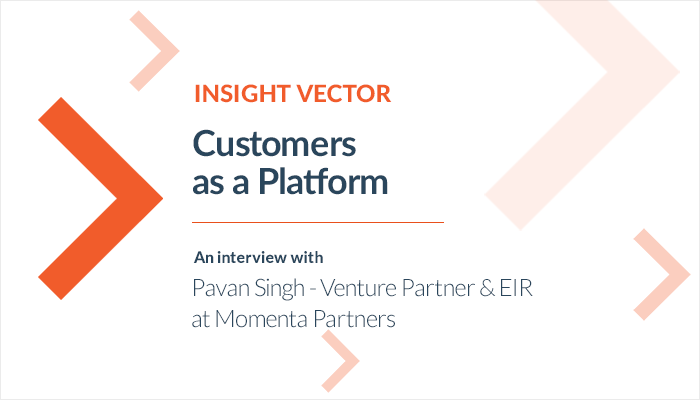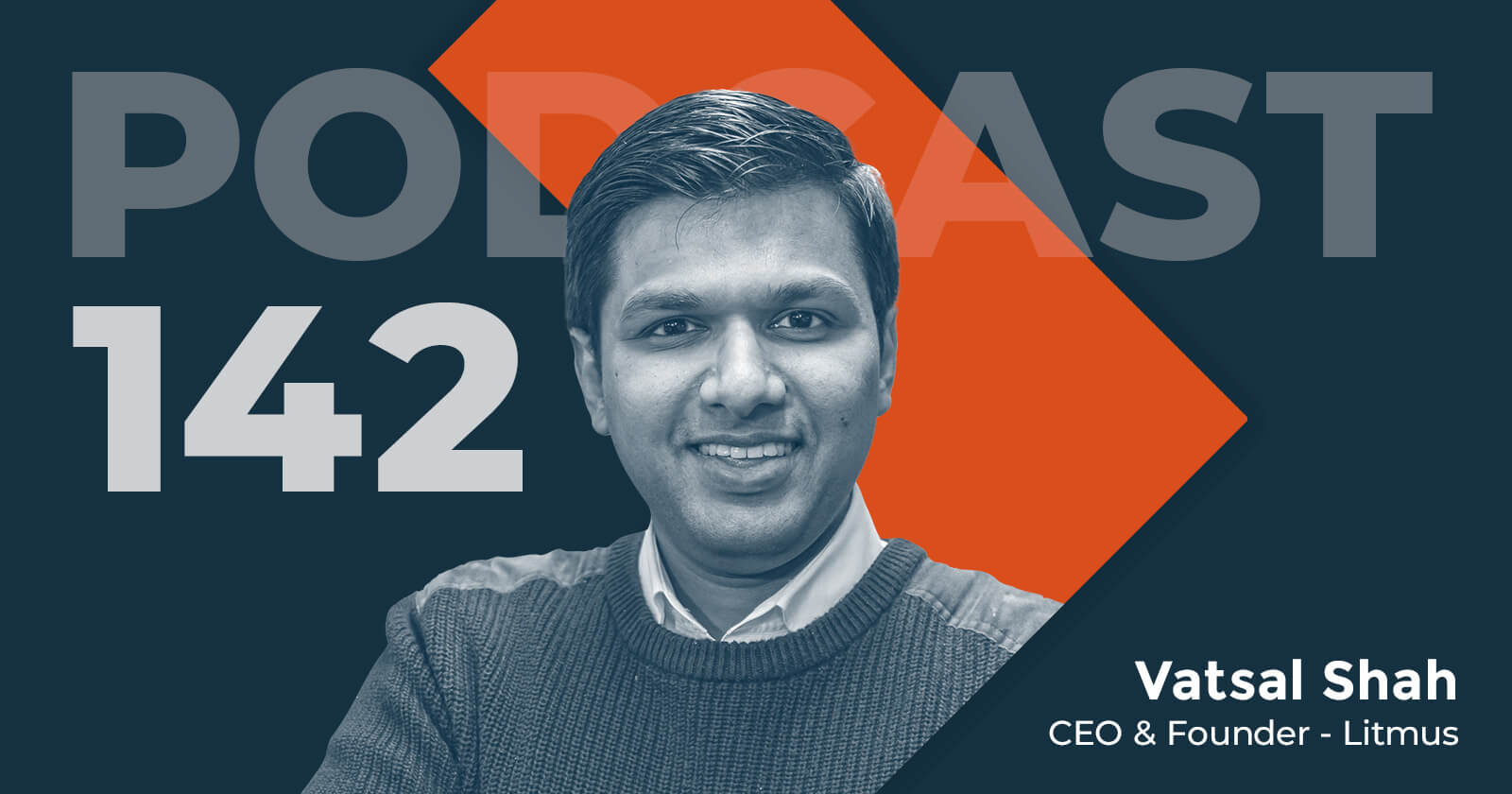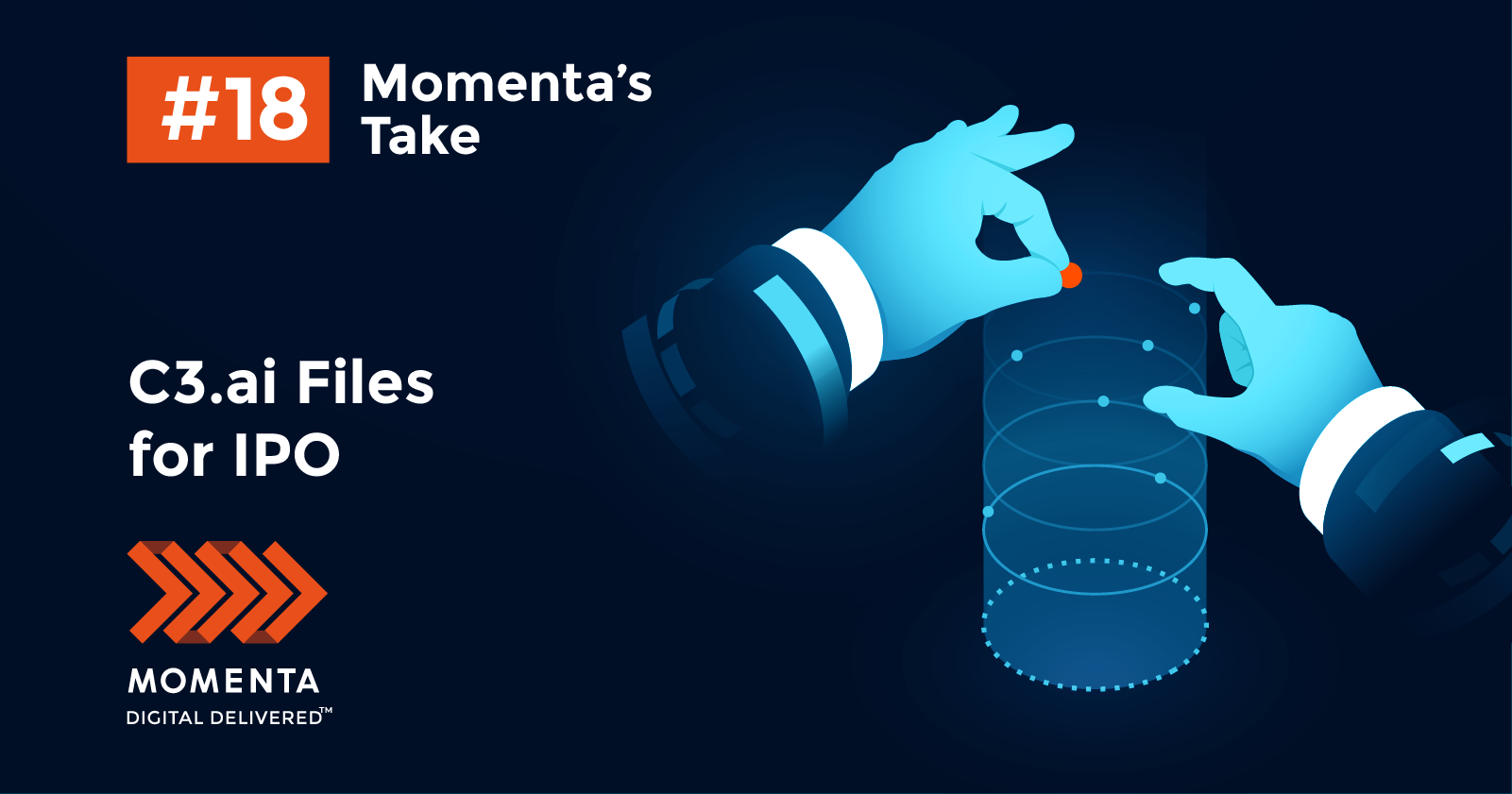Insight Vector: Customers as a Platform, An Interview with Pavan Singh
Ed Maguire

 Innovation and market perspectives from leading IoT innovators.
Innovation and market perspectives from leading IoT innovators.
Pavan Singh’s career trajectory has taken him successively “up the stack” from engineering sensors, to developing WiMAX/4G connectivity, to helping Cisco identify future opportunities around the cloud and IoT.
Our conversation touched on the challenges involved with applying the plethora of disparate technologies to specific business problems, the critical value of partnerships and the broader implications of industry transformation.
|
|
Pavan Singh |
How does your experience shape the way you look at IoT?
When I look at my background, I have a core expertise in bringing new technologies to market – finding what is the opportunity at the juncture of technologies that coincide with transformation in industry. I like to look at the sweet spot of where there is turbulence, analogous to whitewater in a river.
I was trained as an engineer at cutting edge of WiMAX/4G and I was building sensors previously so I knew what sensor technologies were. When I joined Cisco, I helped them find the “next big thing” as it aligned to their specific technologies. My first role at Cisco was to help telcos build cloud businesses.
I started looking at the cloud, and over time the perception has grown that adoption has become mainstream. While the cloud is purely about IT (Information Technology), IoT is about how to get more data from devices to transform the organization internally – as well as the services they bring to their customers. Cloud started with virtualization then evolved over time and is now in a different place. IoT started with getting live data from a sensor. It started as a pain point - how best to manage data coming from the devices. This coincided with the big data revolution and the emergence of those technologies. People have now figured this process out now. What’s exciting is that the industry is paying a lot of attention to the data coming out of devices - it’s going beyond managing data, it’s about using the data to accelerate insights and value from the IoT Investments.
The last few years I have been looking at how industries are transforming. Manufacturing is adopting all of these digital technologies, 3D printing and Industrie 4.0 ideas. Healthcare deliver has been in transition from procedure to outcome based which wasn’t a focus beforehand. So as I look at my perspective it’s pretty holistic following my own career focus from sensors to connectivity to cloud to industry solutions.
How would you characterize the value that you try to bring to your work?
The way I look at IoT is from the lens of sitting at the juncture of business and technology. Having spent so much time in different domains and now in industry, I try to look at how to take horizontal tech – AI (Artificial Intelligence), middle ware, edge technologies - and figure out how to map them to where it will be valuable to solve a problem that couldn’t be solved before.
What’s possible today that wasn’t possible before? What are key pain points (like manufacturing intelligence) now and in the future? Who are the people that will benefit from the technology? I combine these perspectives to find a way that unique technologies can solve problems in ways that weren’t possible a year or two ago.
How have the dynamics of the market changed?
The biggest challenge today that wasn’t the case a few years ago. The “who” has changed. The person who was keeping track of technologies in typical organizations, talking to vendors about what to buy is different now. It used to be a tech person, now it’s a business person, a general manager. They are looking at reducing costs, driving revenue or reducing risks. There are so many pieces - gateways, hardware, cloud and AI on top. The business person needs to have the whole system together, it’s too much work to talk to all of the vendors. As an example the Transport Authority in Austria wants to look at data from different cars and estimate how the roads are affected by rain – to understand where road repairs need to be. You have car systems, a gateway by the road, data sent to a system to be analyzed and then a decision made. The biggest challenge is mapping 4-5 technologies in the stack and how to provide a total solution. There’s tech selection, ease of buying and then support to consider.
What will drive real adoption of IoT? Taking a vertical view looking at problems that can be solved, talking to the existing vendors and then going into an iterative process to get to a 70-80% replicable solution.
Are there any signs of a standard architecture emerging in certain industries?
Like the computer industry that started with a horizontal stack (mainframe) then became decoupled, similar things will happen in IoT. We are starting to see a horizontalization of technologies like AI, edge computing or cloud. In manufacturing there’s Industrie 4.0 or the fourth Industrial Revolution. The first generation was water power, the second the assembly line, the third is automation and the 4th is cyber systems applied into automation. Transportation, energy and manufacturing technologies have been vertical for a long time. They have an opportunity to skip a generation now. Companies can buy cloud services from AWS or Azure, protocols from OSIsoft and the latest sensors. Companies like Schneider and Schlumberger are incorporating these modern technologies into their stack.
A while back I looked at tech spend by vertical - financial services, insurance, telco and retail come in tops in IT spend. For new opportunities, transportation, oil and gas and manufacturing, I saw there was a technology debt formed by under investing in non-vertical technologies. For these companies now, they don’t have to deal with brownfield perspectives, they can go greenfield. Financial services may have kept up with tech spend but their existing tech overhead slows down new tech spend. In telco,, connectivity came first and video came after. Now the industrials have an ability to take advantage of most advanced innovations and they’re not weighed down by legacy spending. They don’t have to deal with systems that are already installed.
What changes in the market have surprised you?
I’ve talked to a lot of executive teams and boards of companies of all sizes. The question about three yeas ago was what is IoT? We spent a lot of time on looking at the data from sensors and process efficiencies. A year ago people knew what IoT is but they wanted to know what was good for them specifically? Then the question was where to start. Now we are at a point where early leaders are seeing IoT generate returns for them. Now they are making evaluations whether they were too conservative in the first place and whether further investments need to be more aggressive.
Take for example an IoT project in a single factory- a success can be a linchpin for further investment. Now there is a lot of evaluation whether to invest short term or make a bigger long-term investments. IoT has demonstrated value faster than any other technology transition as AWS CTO Wener Vogels has said. We can see the progress and there’s a long way to go but it’s exceeded expectations.
What are the challenges that startups face in IoT?
There are two issues that usually come up. The idea of building a fully integrated solution – if you build an entire platform you are trying to be everything for everyone. When going down this road, companies realize they need to go vertical and then customize their platform for a specific industry. They need to ask do they customize for a consumer business or for IoT overall?
The other issue with startups is being too late or too broad. A couple of years ago there was discussion about predictive maintenance – to reduce costs and risks. Getting data from machines is table stakes now, the real story is about unlocking value from the data. You need to be able to leverage what’s happening in the ecosystem to incorporate in your offering. This is super critical.
What challenges do tech companies face?
Around 5-6 years ago cloud was a hot topic and larger companies could repurpose the organization to talk about cloud. The speed of innovation has accelerated and now you have cloud, then big data then IoT now machine learning. How do you develop a high-quality product that solves high value problems while taking advantage of newer innovations to solve new problems?
The larger companies are using their customers as platform to help them decide where and with whom to partner to deliver solutions that take advantage of the latest technologies. If you think about large tech vendors they have the trusted relationships with their customers. Customers look at small companies but they lack the trust, so they ask the large trusted vendors to bring new technologies into their channel so they can access the new technologies with the reliability and trust they have come to expect. They want the best of both worlds.
In Silicon Valley, there is a lot more innovation around partnerships –a whole gamut of ways to work together from MOUs (Memorandums of Understanding), to tight partnerships, to being on the sales price list. There are a lot of big companies doing this. Salesforce has its Marketplace where you can build an app or just have a connector running to your product. The ecosystem of the large players and innovative pace of high growth players need to come together to meet needs and unlock new value.
Are there any characteristics for success that you are seeing?
What I am seeing as very successful is companies that have already applied the technologies with 5-6 customers and helped them - but they are now unlocking value from the data. The successful larger vendors are enabling partners to work with them easily and from a low-cost perspective. A lot of industrial sectors are under huge pressures and this is where you see success with adoption of new technologies.
Can you recommend a good book from the past year?
This may sound surprising but I’ve read a lot of books on happiness. One of the best books is “The Happiness Advantage: The Seven Principles of Positive Psychology That Fuel Success and Performance at Work”.
That’s a great book – I got turned onto that last year!
Yes - the relevance in technology is how to apply your unique skill sets and contribute more effectively. The idea is that that the warm buzz of feeling that you are contributing from being happy is a powerful advantage in this day and age even though the work seems very chaotic.




